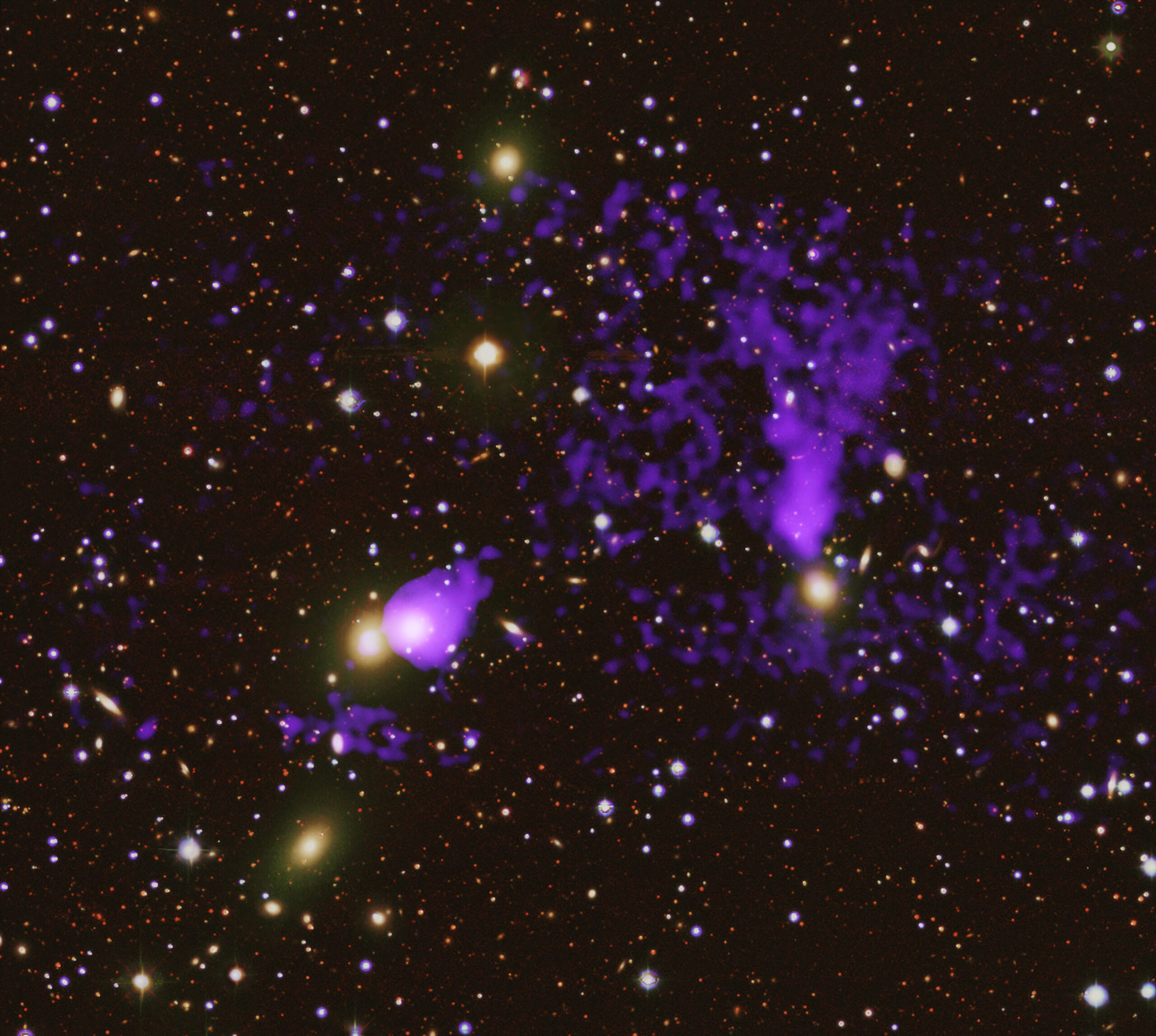The synthesis of a complex molecule begins from an initial design stage1,2,3,4 in which possible routes are triaged by strategy and feasibility, based on analogy to similar reactions.2,3 However, as molecular complexity increases, predictability decreases;5 inevitably, even experienced chemists resort to trial-and-error to identify viable intermediates en route to the target molecule. We encountered such a problem in the synthesis of picrotoxane sesquiterpenes in which pattern recognition methods anticipated success, but small variations in structure led to failure. To solve this problem but avoid tedious guess-and-check experimentation, we built a virtual library of elusive late-stage intermediate analogs that were triaged by reactivity and altered the synthesis pathway. The efficiency of this method led to concise routes to twenty-five naturally-occurring picrotoxanes. Costly DFT transition state calculations were replaced with faster reactant parameterizations to increase scalability and, in this case, inform mechanism. This approach served as an add-on search to human or computer-assisted synthesis planning (CASP) applicable to high complexity targets and/or steps with little representation in the literature or reaction databases.
You may also like
Science
NASA’s Chandra Finds Galaxy Cluster That Crosses the Streams
Astronomers using NASA’s Chandra X-ray Observatory have found a galaxy cluster has two streams of superheated gas crossing one another.
Science
Tackling the reality of noma
Adamu, a 14-year-old noma survivor, is screened by physicians at the Noma Hospital in Sokoto, Nigeria. Adamu’s father has been


